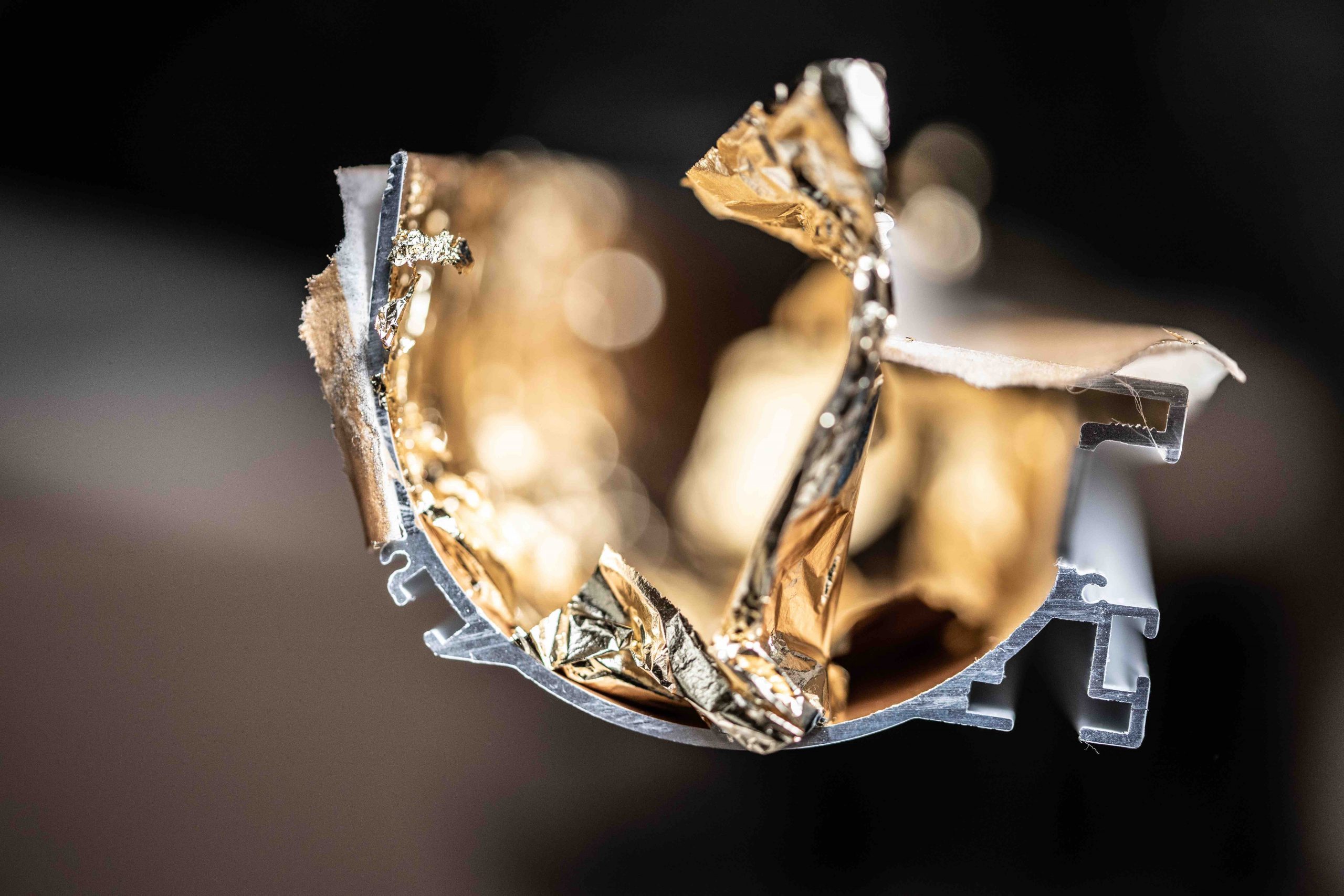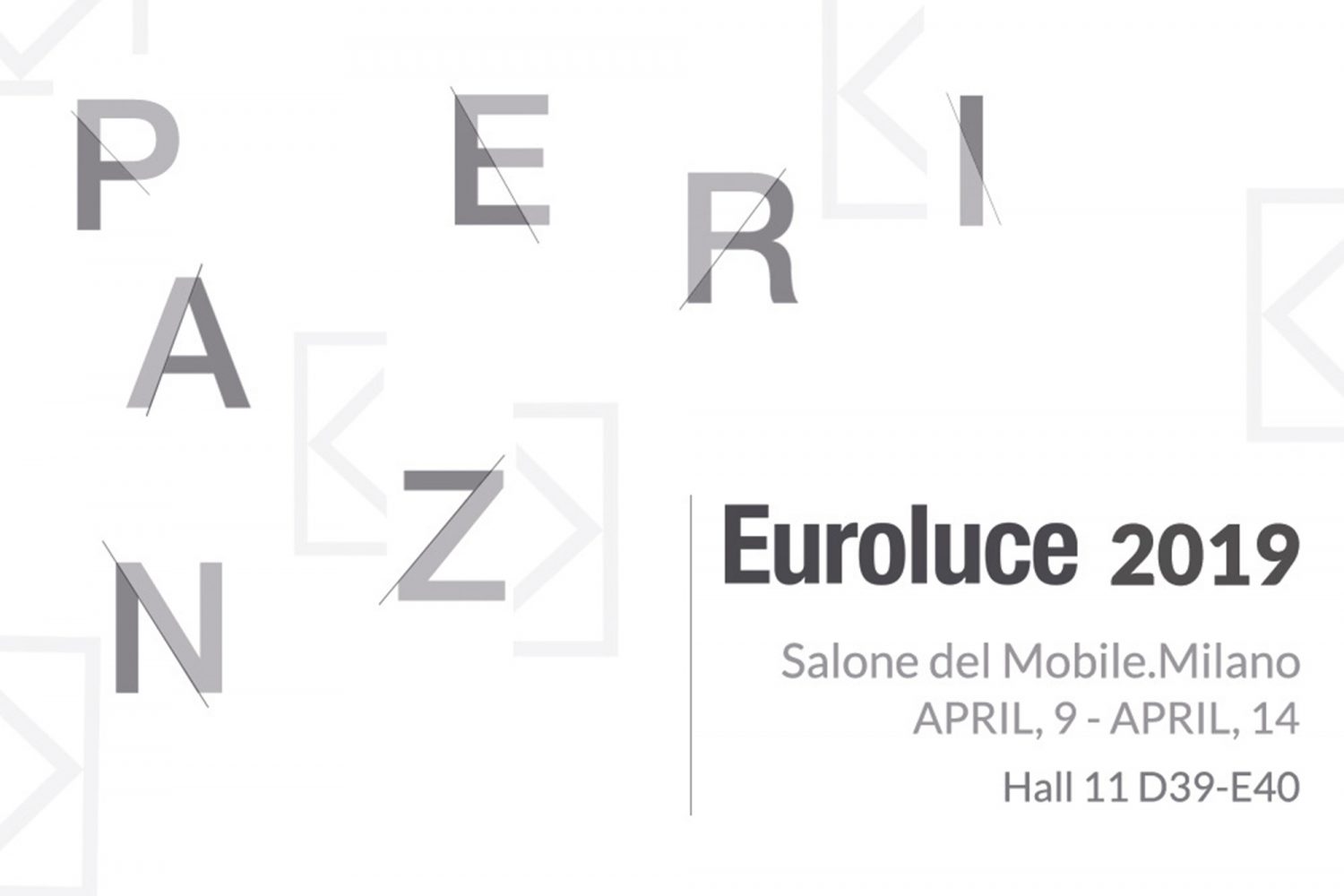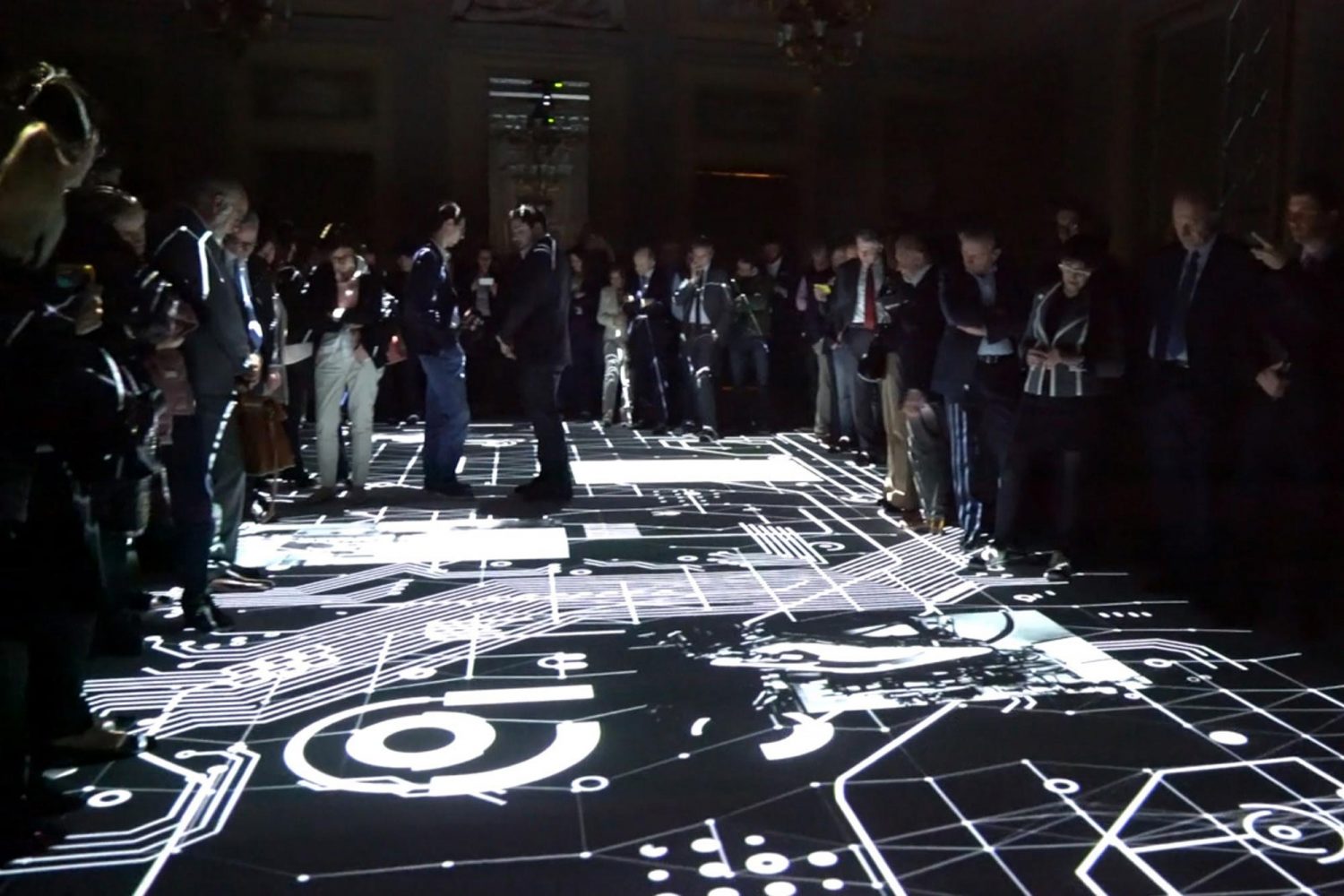
The development of materials
04/12/2020.Materials and research
.shapes, colours, flexibility, modularity,
.tradition and innovation,
.experimentation, construction techniques,
.recyclability, sustainability, consumption.
Substances and materials, and the company’s own ability to create recognisable identities are at the heart of every industrial and artisan activity involved in developing the design concept.
Each product is the outcome of a combination of material properties applied to research, as a result of a necessary and continuous development, pushing towards areas of experimentation that synthesise all the technical know-how, the ultimate expression of the brand.
The shape and all its mutations are the focus of competition between creative talents, who are able to meet the expectations of contemporary society and the obvious needs of entrepreneurs.
The project components (colour, flexibility and modularity) increase the application potential of each object/product within a broader architectural programme, whether for interior or urban design.
We have never forgotten the strength of tradition and its ability to create ethical and aesthetic values. At all times, the history of our cultural and industrial growth encourages us to be pioneers of innovation i.e. able to capture the architectural demands that society is moving towards.
Along this ancient path, our conscious determination to experiment and search for the most relevant solutions is always with us, since innovation is the result of the accurate interpretation of all technical and technological change (or invention).
First and foremost, a company needs a construction process, whatever the product it wants to make. The rational organisation of all its operating systems is therefore the logical part of an important creative process.
What has been imagined, designed and developed can be put in place in the best possible way.
In recent years, as never before, the subject of energy has reached cultural peaks and the world of lighting is a significant and fundamental part of it.
Light and its production, in any possible form, cannot neglect its connection with recyclability and sustainability, with a focus on all forms of consumption.
The aesthetic appeal of our lamps needs to embrace this planetary challenge and make design compatible with new ethical protocols, in a new form of cultural exchange. Our country can become a driving force of European neo-aesthetics.
Vous pourriez aussi aimer

Panzeri news for Euroluce 2019
Products, collaborations, events: all the details about the participation in the Salone del Mobile.Milano.
En savoir plus

Connessioni, ‘Future reloaded’: the evolution of design to serve mankind
Second event of the series that elates the ‘Brianzolo’ style of beauty and getting things done well.
En savoir plus